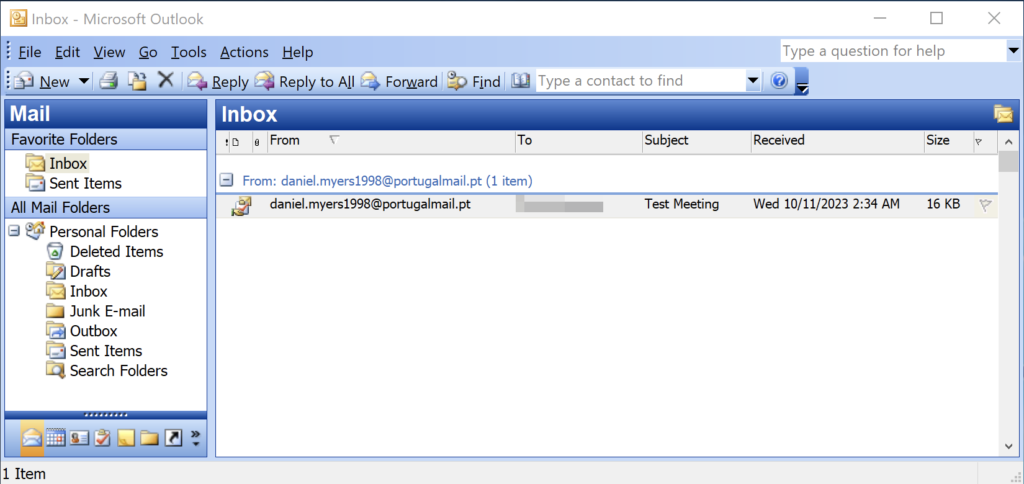In the ever-evolving realm of cybersecurity, new threats emerge and evolve with alarming regularity. Recently, Unit 42 researchers shed light on a clandestine operation by Fighting Ursa (also known as APT28), a sophisticated cyber threat group believed to be affiliated with Russia’s military intelligence. This group has been actively exploiting a critical vulnerability in Microsoft Outlook (CVE-2023-23397) to carry out stealthy attacks, targeting organizations across various sectors and nations.
Targeting and Exploiting Vulnerabilities
Fighting Ursa has been meticulously executing its campaigns over the past 20 months, focusing on at least 30 organizations within 14 nations. Their targets encompass NATO member countries, Ukraine, Jordan, and the United Arab Emirates, indicating a clear intent to gather sensitive information from entities of strategic importance.

The group’s modus operandi revolves around the exploitation of the CVE-2023-23397 vulnerability in Microsoft Outlook. This vulnerability allows APT28 to execute relay attacks using NTLM hashes, effectively impersonating victims and gaining unauthorized access to their networks. This sophisticated method highlights their proficiency in cyber espionage.
Impact and Implications
The consequences of Fighting Ursa’s attacks extend far beyond the immediate access to sensitive data. By infiltrating these organizations, the group poses a significant threat to national security, economic stability, and diplomatic relations. Their ability to gather intelligence from critical sectors such as energy production, defense, and foreign affairs could potentially harm these organizations’ operations and the wider global community.
Proactive Measures and Enhanced Security
In light of the escalating threat posed by Fighting Ursa, organizations and governments, especially those heavily reliant on Microsoft Outlook, must take immediate action. Microsoft has patched the CVE-2023-23397 vulnerability, and organizations are urged to implement these updates promptly. Additionally, implementing robust security protocols, including multi-factor authentication and regular security assessments, is crucial to deter such attacks.
The Evolving Landscape of Cyber Threats
The activities of Fighting Ursa serve as a stark reminder of the ever-evolving nature of cyber threats. Their ability to target high-value entities without user interaction underscores the need for organizations to maintain a heightened state of vigilance. Implementing proactive cybersecurity measures, such as regular vulnerability scanning and patching, is essential to safeguard critical systems and data.
Conclusion
The relentless pursuit of information by cyber threat groups like Fighting Ursa serves as a constant reminder of the importance of cybersecurity in the digital age. As technology advances, so do the methods employed by attackers, demanding a commensurate level of preparedness from organizations and governments. By remaining vigilant, implementing robust security protocols, and staying informed about the latest threats, organizations can effectively protect their critical assets and navigate the ever-changing cyber landscape.
